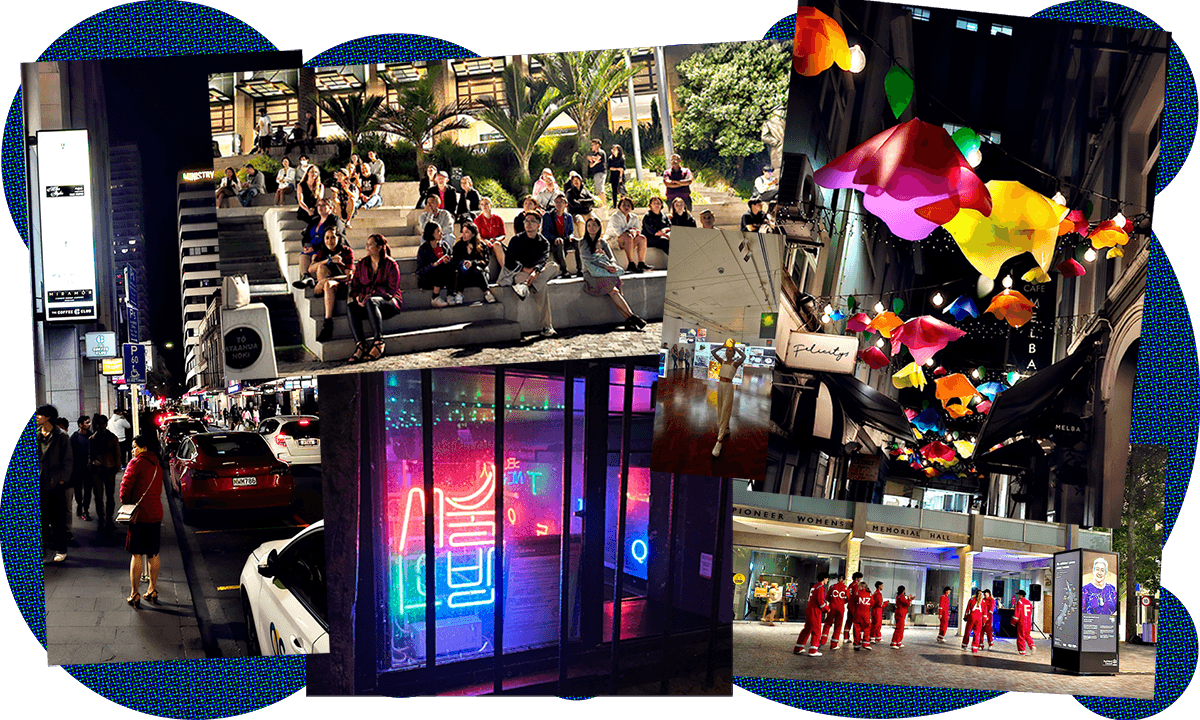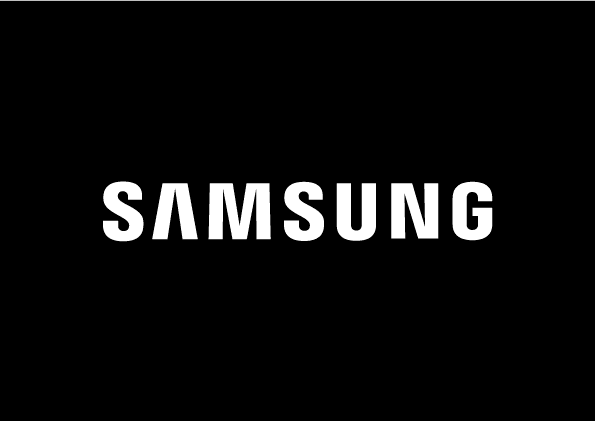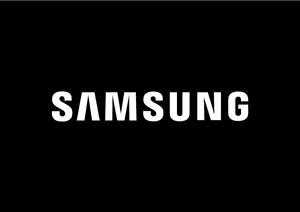Naomii Seah takes an evening stroll around downtown Auckland and finds a city alight, alive and finding its groove again.
Auckland’s central city is not a common nighttime destination for me – the odd trip to a Britomart eatery, a Viaduct bar or an event at one of the comedy or theatre spaces being the most common exceptions. But events like Light Night bring a whole new energy to the CBD.
It had been a long time since I’d seen the city centre so busy. Everywhere up and down High St by Chancery Square, and around the surrounding narrow lanes, people spilled out of little eateries, chatted from rainbow perches in Freyberg Square, had a beer under the glowing sunset and peered into the window displays of little boutiques, closed since five.
This content was created in partnership with Samsung, and shot on the new Samsung Galaxy S23 Ultra. Head out with the pro-grade camera in hand, equipped with a high-resolution sensor and intelligent, light-absorbing pixels, for clear snaps at any hour. Seize the day and capture the night. Find out more here.
On Queen St, the usual hordes were notably well dressed: Gen Zs in their distinctive baggy jeans and tight tops; millennials in floral dresses and polished low heels, others in pressed shirts and designer sunnies for the last of the long summer days. Aotea Square teemed with people enjoying golden hour, and running in between shows and restaurants. On the streets the city was singing. Buskers lined the corners: a guitarist accompanying the violin; a vocalist and their sound-system belting ballads; their backing track the sound of a thousand footsteps and children’s laughter.
To the uninitiated, the scene would look like any other cityscape on a Saturday evening. But to those familiar with the inner city of Tāmaki, the crowds were a mark of something special. People everywhere had come out in force for Light Night, a free arts showcase and a part of the annual Auckland Arts Festival (AAF).
As I walked along the waterfront toward downtown Auckland, it was hard to miss the festive atmosphere. A group of teens skated along the benches by the restaurant strip, kids tugged on their parents’ arms, and the crowd was thick enough that I had to weave in and out to get through. Although the sun was yet to set, Light Night was already in full swing.
Light Night is described as one night where “the visual and live arts collide”, and with events scattered throughout the city there and included dance performances and DJ sets which interacted with the environment and people of the city. Some performances were set on the streets, others in art galleries or exhibition spaces which were open late specially for the night.
My friends and I stuck to the city centre, where roving performances and DJs were playing through Aotea Square, Q Theatre, the Ellen Melville Centre and the Gus Fisher Gallery on Shortland St. Uptown, there were also roving performances on Karangahape Rd, as well as DJs playing at Studio One Toi Tū and Objectspace. Further afield in Devonport, a drawing workshop and a panel chat was being hosted in a special late night opening of Depot Artspace.
Our first stop was Q Theatre, where dance troupe IDCO was doing a window performance. My friend and I grabbed a couple of passionfruit Pals and sat on the benches outside among a gathering crowd. Before long, the troupe came by in their red jumpsuits, metallic stripes around their shoulders, wrists and waists. They performed through the circular windows, their movements sometimes fluid, and sometimes angular and isolated. A small crowd gathered on the footpath outside. Strangers passing through halted in their tracks to take pictures, or dance along. Two young girls danced along excitedly in front of one window, mirroring the dancer’s movements. Behind them, the crowd cheered them on, the girls’ enthusiasm infectious.
A proud owner of two left feet myself, I had never attended a dance performance, much less one this interactive. I was reminded of the special fleeting nature of live performances – like being in the audience of a play. Here I was in a crowd of strangers who I’d likely never see again: people I didn’t know and people who didn’t know me. Yet we would share this memory of looking in through the window, watching the dancers’ movements reflected in the glass and the girls’ twirling on the pavement. As one attendee put it, a performance like this was really a way to “interact with the city on a budget… it’s accessible, and I got a beer, which is really joyful.”
As my friend and I walked through Aotea Square to find our next performance, it struck me that “joyful” was a great way to describe the mood of the city that evening. The performances brought people together in a way that felt rare. Especially in the aftermath of so much recent devastation – the floods, Cyclone Gabrielle – having a shared sense of community, finding a shared joy in the arts seemed more crucial than ever before.
Our next stop was the Gus Fisher Gallery, a grand brick building with an elegant stained glass dome where Dance Plant Collective were doing their pop-up performance among the new exhibition, The Sentiment of Flowers. In a disorienting display of light-up screens featuring flowers, fungi, macroscopic shots of lice, grass, debris and mould, dancers dressed in white flowed through the space with round, golden lamps. The audience lined the walls, watching attentively as the dancers twisted themselves around the singular, fixed point of light that they variously held, hugged, dropped, caressed and lifted. Slow and deliberate, the performance was suggestive of ritual. It was like nothing I’d seen before, and I didn’t quite know what to make of it. But that might well be the point.
“Fringe things are important because you can be a bit avant garde – you can take risks,” said Leela, a public programmer and single parent. Leela noted that she often can’t afford to go to ticketed events, both because of the cost and the time it takes from her busy week. Consequently, Leela relies on free events and art shows.
“I seek out all these free events so I can feel like I’m part of this community that I bust my ass for every day… When you work fifty hours a week, you need to put back in the joy that’s been sucked out.”
Kirsten and Grace concurred; they were in the audience at the final event of the evening – IDCO’s performance at Ellen Melville. Both working full-time jobs, they noted that an evening of late nights at the galleries meant they were exposed to art and culture that they otherwise wouldn’t have time to see.
“It was definitely the fact that it was accessible and free that made me prioritise it,” said Kirsten.
IDCO closed out the night with an impressive routine to a crowded Freyberg Square. The steps were as full as I’d ever seen them, and there was a sense of excitement in the crowd. As the troupe closed out their performance, they turned to show the audience the “AAF.co.nz” url cheekily emblazoned across the back of their performance costumes. From the crowd, a cheer rose through the applause – both for the performers, and the end of Light Night.
With main event of the night winding down, we opted to stick around for a while, picking up some late-evening bites and generally soaking in the vibrant atmosphere that lingered after Light Night drew to a close. Wandering the lower CBD afterwards, taking in surprising artworks as we moved through Fort Street to Britomart and down to the waterfront, I found myself truly looking at the city differently. The sun glowing off high-rise towers had been replaced with moonlight and fluorescents against the warm limestone of our historical buildings. And although the sun had long since set, I left with a warmth in my heart from the joy of being alive, and part of something.


